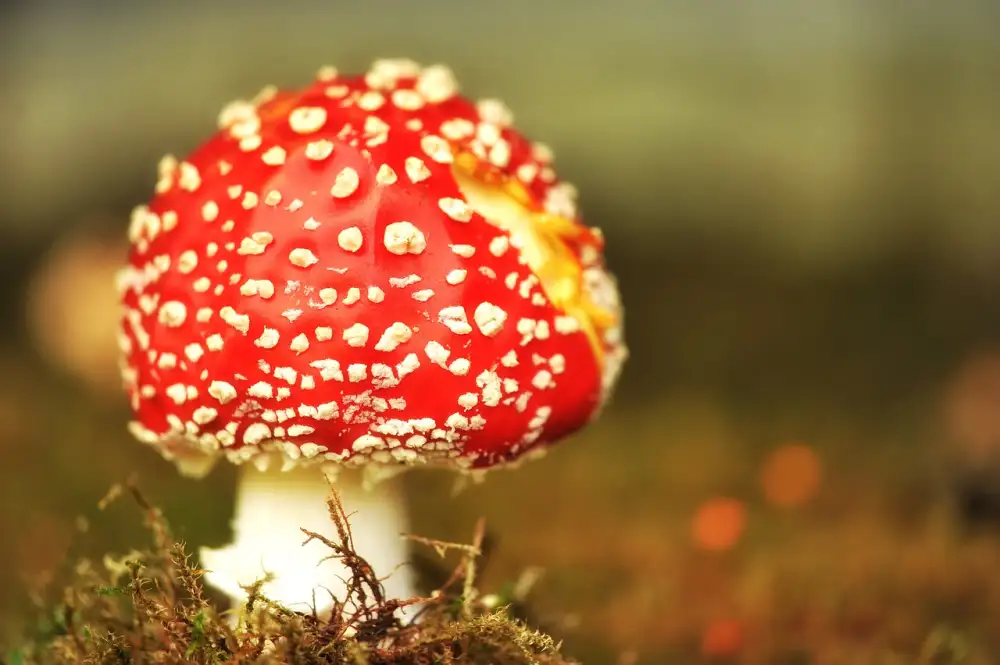Banishing Fruit Flies: Master the Art of Catching and Eliminating Pesky Pests at Home

Fruit flies, those tiny flying pests that seem to appear out of nowhere, can quickly become a nuisance in our homes. These pesky insects are attracted to ripened fruits and vegetables, as well as sugary substances like juice or soda. They reproduce rapidly, laying their eggs on the surface of these items. Within days, the eggs hatch into larvae, perpetuating the fruit fly infestation. Not only are fruit flies annoying, but they can also contaminate our food and spread bacteria. To maintain a clean and hygienic kitchen, it's important to learn how to catch and eliminate these bothersome pests effectively.
Identifying the areas where fruit flies are commonly found
Fruit flies are commonly found in areas where fruits and vegetables are stored or left out, such as kitchens, pantries, and dining areas. They are attracted to ripened or decaying produce, as well as sugary substances like juice spills or soda cans. Pay close attention to garbage bins, compost piles, and drains, as these can also serve as breeding grounds for fruit flies. Keep an eye out for tiny flying insects near these areas to identify the presence of fruit flies.
DIY traps using common household items to catch fruit flies
One of the most effective ways to catch fruit flies is by using DIY traps made from common household items. These traps are easy to set up and can be highly effective in eliminating these pesky pests from your home.
One popular DIY trap involves using a small bowl or jar filled with apple cider vinegar. Fruit flies are attracted to the scent of vinegar and will be lured into the trap. To make it even more enticing, you can add a few drops of dish soap to break the surface tension of the liquid, causing the flies to sink and drown.
Another simple trap can be made using a plastic bottle. Cut off the top third of the bottle and invert it, creating a funnel shape. Pour some fruit juice or vinegar into the bottom of the bottle, then place the inverted top back into the bottle, forming a funnel for the flies to enter but not escape. Secure it with tape if needed.
A third option is to create a trap using overripe fruit. Place a piece of ripe fruit in a container and cover it tightly with plastic wrap. Poke several small holes in the plastic wrap using a toothpick or fork. The fruit flies will be able to smell and access the fruit through these holes but will have difficulty escaping once they enter.
These DIY traps are cost-effective and can be easily made with items found around your home. Experiment with different bait options to see which works best for you. Remember to place these traps near areas where fruit flies are commonly found, such as near garbage cans or compost bins.
By utilizing these homemade traps, you'll be well on your way to catching and eliminating those annoying fruit flies that have invaded your home.
Step-by-step instructions on setting up and baiting the traps
Step 4: Setting up and baiting the traps
Now that you have gathered your materials, it's time to set up your DIY fruit fly traps. Follow these step-by-step instructions:
1. Take a small glass or jar and fill it halfway with apple cider vinegar or red wine. Fruit flies are attracted to the sweet scent of these liquids.
2. Add a few drops of dish soap to the vinegar or wine. This will break the surface tension and prevent the fruit flies from escaping once they land in the trap.
3. Create a funnel using a piece of paper by rolling it into a cone shape. Make sure the narrow end fits snugly into the opening of the glass or jar.
4. Secure the funnel in place with tape or by folding down the edges over the rim of the glass/jar.
5. Place your traps in areas where fruit flies are commonly found, such as near ripe fruits, trash cans, or sink drains.
6. Leave the traps undisturbed for at least 24 hours to allow enough time for fruit flies to be attracted and caught.
Remember to check your traps regularly and replace them as needed if they become full or lose their effectiveness.
Natural remedies and preventive measures to keep fruit flies away
To keep fruit flies away naturally, there are several remedies and preventive measures you can try. First, ensure that all fruits and vegetables are stored properly in sealed containers or the refrigerator. Clean up any spills or overripe produce immediately to eliminate potential breeding grounds.
Another effective method is to create a DIY fruit fly repellent using essential oils. Mix a few drops of lemongrass, lavender, or eucalyptus oil with water in a spray bottle and mist it around areas where fruit flies tend to gather.
Additionally, vinegar traps can be used as a preventive measure. Fill a small bowl with apple cider vinegar and add a few drops of dish soap. Cover the bowl tightly with plastic wrap and poke small holes on the surface. The scent will attract the fruit flies, but they won't be able to escape.
Lastly, maintaining cleanliness is crucial in keeping fruit flies at bay. Regularly clean your kitchen countertops, dispose of garbage promptly, and regularly empty and clean your compost bin if you have one.
By implementing these natural remedies and preventive measures consistently, you can enjoy a fruit fly-free home all year round.
Proper disposal of trapped fruit flies
Proper disposal of trapped fruit flies is essential to ensure a clean and pest-free environment in your home. Once you have successfully caught the pesky pests using your DIY traps, it's important to dispose of them properly. Start by sealing the trap tightly to prevent any escapees. Next, place the trap in a plastic bag and tie it securely. This will prevent any potential contamination or spreading of fruit fly eggs. Finally, dispose of the bag in an outdoor trash bin away from your home. Remember to clean and disinfect the area where the trap was located to eliminate any lingering odors or attractants that may attract more fruit flies. By following these simple steps, you can effectively eliminate fruit flies and maintain a hygienic living space.
In conclusion, mastering the art of catching and eliminating fruit flies is essential for maintaining a pest-free home. By identifying their common areas and setting up DIY traps using household items, you can effectively control their population. Remember to bait the traps with enticing ingredients like vinegar or ripe fruit to attract them. Additionally, incorporating natural remedies such as essential oils or apple cider vinegar can help prevent future infestations. Lastly, proper disposal of trapped fruit flies is crucial to ensure they do not become a breeding ground for more pests. With these tips in mind, you can banish fruit flies from your home and enjoy a clean and fly-free environment.
Published: 14. 12. 2023
Category: Home



